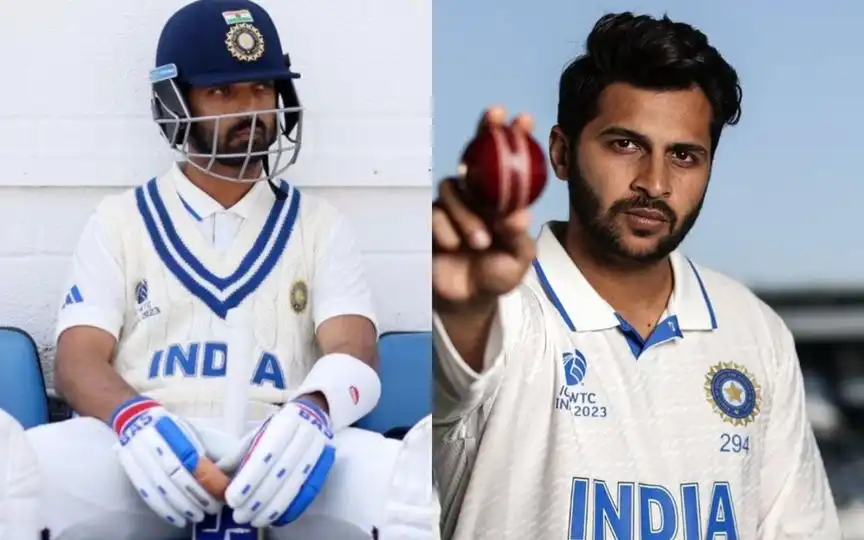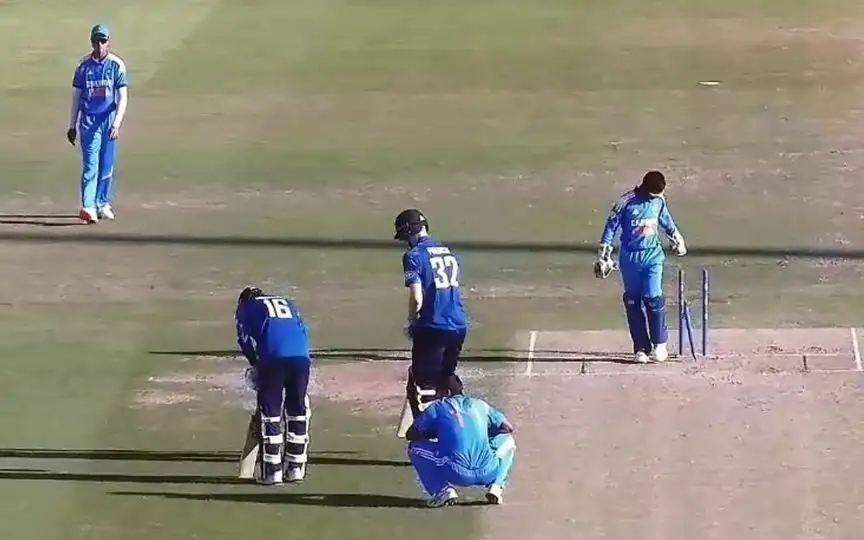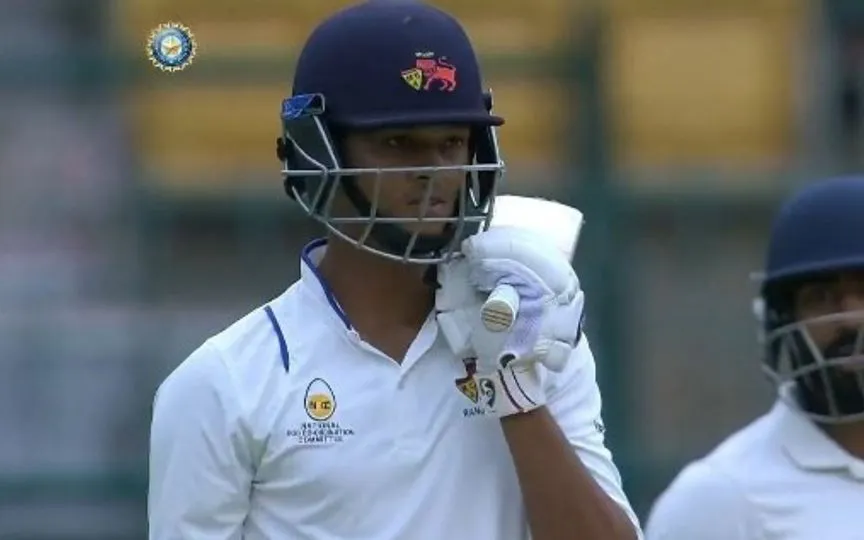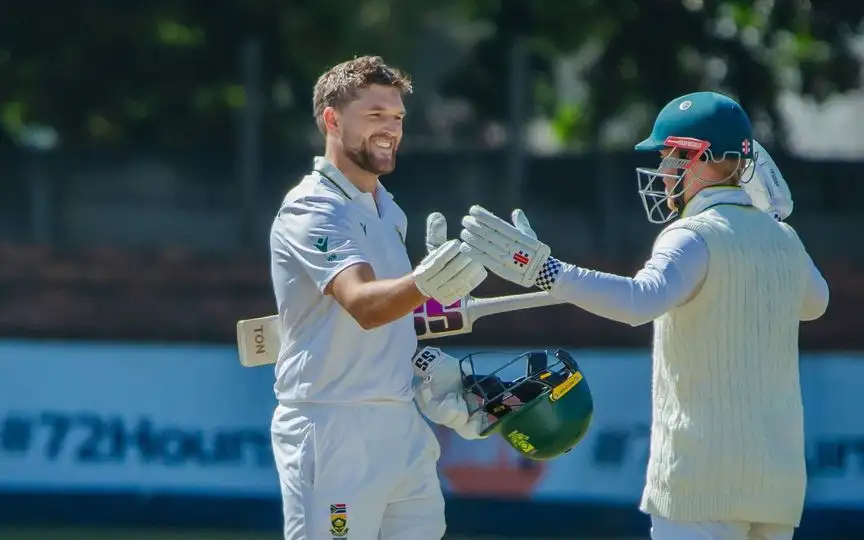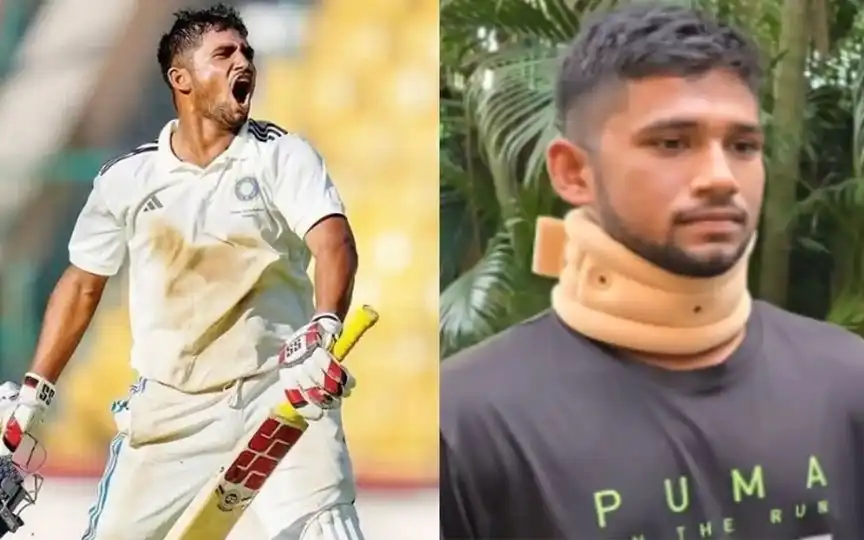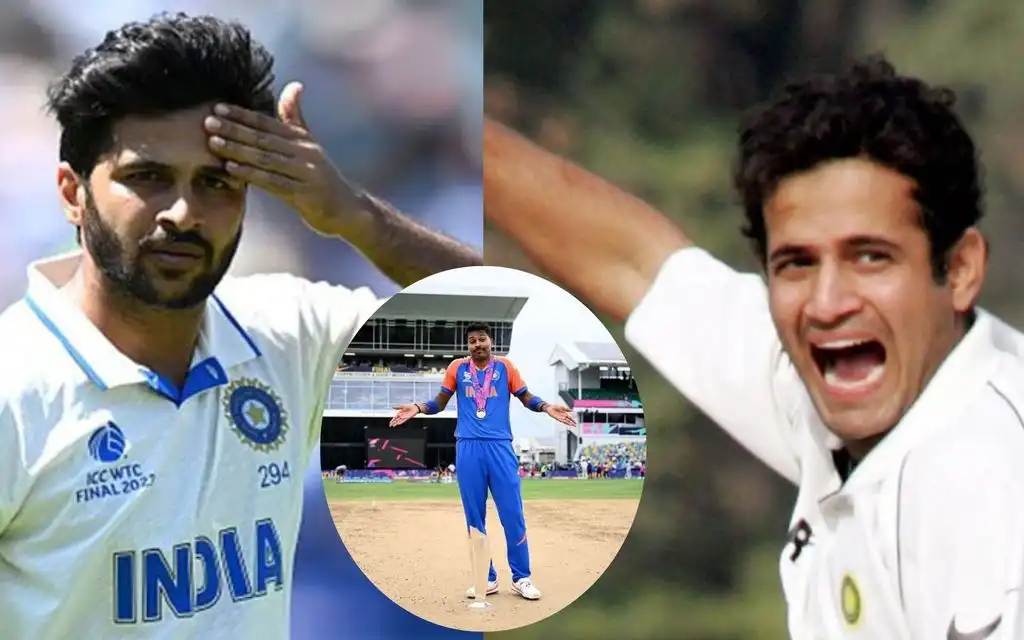 Shardul Thakur, Irfan Pathan and Hardik Pandya for India (Source:@ICC/X.com)
Shardul Thakur, Irfan Pathan and Hardik Pandya for India (Source:@ICC/X.com)
It is May 13, 2019. A 15-year-old boy, Aarav, from a small town, is gearing up for the biggest cricket opportunity of his life. The state association, for the first time, is conducting trials in his town to select a few individuals for the newly opened residential academy.
The Trials: A Glimpse Into India's Grassroots Selection Pattern
The competition for the spots is intense, as it is always in India, but Aarav is confident that if he gets to show his all-round skills, he will be selected. As he lines up for trials with other boys, the selectors and organisers start asking boys to compartmentalise according to their roles - bowlers on the right side, batters on the left, while the all-rounders are asked to form their own small group in either of the direction.
Interestingly, the experienced boys choose either bowling or batting, while Aarav shows confidence in his skills and includes himself in the all-rounder list. So, the trials start. Selectors call up pure bowlers and batters to the nets, and they get the majority of game-time as Aarav and other all-rounders wait for their chance. There is active participation from the selectors too, with a keen eye on every player.
Aarav, on the other hand, only gets to play a waiting game for sometime and then eventually finds a chance to bowl. However, until then, the intensity and levels of active participation from selectors is not the same. However, the 15-year-old, gives his all and makes an impression with the ball, probably not as much as the pure bowlers though. Nevertheless, technically, he has an added advantage of his batting and it gives him hopes of impressing selectors further.
So, he waits. There is calmness and silent confidence in his mind after the bowling stint, but soon it turns into desperation. Despite repeated requests, the batting opportunity keeps getting delayed, and by the time it arrives, it turns out to be a mere formality.
Once trial finishes, Aarav contemplates whether he made the right choice by entering the all-rounder bracket or not. Eventually, Aarav misses out from the final selection list, and his choice of focussing and showing confidence on his multi-dimensional skills proves costly.
Specialisation, A Safety Net With Problematic Implications
This story of a 15-year-old boy is not just an individual's tale of non-selection, but it is about the deep-rooted problem in India's cricketing fabric, which has percolated in desperate measures at the international level.
In the trials, the purist, as they say, clearly got early opportunities and more time in the middle, which proved decisive in a highly competitive environment. Such a selection pattern is common at the grassroots level, which tends to create fear among young minds, and they end up taking a safer route to increase their chances.
This tendency to overlook the multi-dimensional nature is the reason why Indian cricket, despite the wealth of talent, has failed to produce quality all-rounders over the years. While conditions in India somewhat favour the emergence of spin-bowling all-rounders, the difficulty of seam-bowling and a grassroots system not conducive to producing multi-dimensional cricketers have led to a massive dearth of seam-bowling all-rounders.
Over the years, almost all stakeholders of Indian cricket, including fans, journalists, coaches, and captains of the cricket team, have complained about the lack of genuine seam-bowling all-rounders in India. Hardik Pandya is probably the only world-class seam-bowling all-rounder India have produced since the great Kapil Dev. The likes of Manoj Prabhakar and Sanjay Bangar offered some hope, but they were not in the same league.
Mission Kapil Dev: A Failed Irfan Pathan Experiment
Therefore, India have faced the problem of a fifth bowler on many critical occasions, and it has cost India big time. Thus, with no promising talent in sight at the domestic level, India have often tried to convert some of their bowlers with the ability to bat into all-rounders. The prime examples of this experiment are Irfan Pathan and Shardul Thakur.
Irfan Pathan burst onto the scene as a promising pacer, and at a very young age, he became one of India's strike bowlers. Then, around 2006, Greg Chappell spotted Pathan's hidden batting talent and soon started the experiment of promoting him to number 3. It worked too, and Irfan Pathan played some impactful knocks.
However, as his batting improved, the spark in his bowling kept decreasing, and eventually, Irfan Pathan found himself out of the Indian team. The Baroda boy lost his pace and the trademark swing that made him successful initially. Thus, a talent that once seemed destined for greatness ultimately was lost in a highly dramatic and intense environment of Indian cricket.
Euphoria Of Hardik Pandya And Agony Of Injuries
With the downfall of Irfan Pathan, Indian cricket's hopes of playing a seam-bowling all-rounder also hit a roadblock. Then came a breath of fresh air in the form of Hardik Pandya, his ability to hit 140 KPH and world-class batting skills made him a red-hot asset. Soon, he played for India across formats and did well in Test cricket too.
However, injuries started creeping in around 2018, and since then, Hardik Pandya has not played Test cricket. He also missed quite a few white-ball matches, and his absence has often created a vacuum that has cost India some big games, more famously the 2023 World Cup Final. In the past few years, India have tried many options to fill Hardik's place, but most of them are batters who bowled occasionally, and the efforts have been unfruitful.
In Test cricket, though, India went with Shardul Thakur, a bowler who displayed the ability to bat. The same trait that Irfan Pathan showed in the first decade of the 21st century. The Shardul experiment started off with a bang, just like Irfan Pathan's, and the cricketer played crucial roles in some of India's famous Test wins at the Oval and Gabba in 2021.
Shardul Thakur's Downfall: A Deja Vu Moment For Indian Cricket?
However, as time has passed, the side effects of Shardul Thakur's experiment are clearly evident. Just like Irfan, Shardul has lost the penetration and byte he previously had. He has over 300 first-class wickets at an average of 27.93 with 15 fifers, but Shubman Gill in Headingley did not show confidence in him till the 40th over.
Shardul also has a decent record for India in white-ball formats, but in the last few years, the cricketer has even seen himself not getting a single over in an IPL match. It shows the lack of trust captains have in his bowling, and somehow, it all started when Shardul was asked to concentrate more on his batting.
He still continues to show glimpses of brilliance with both bat and ball and is fondly called 'Lord' for his abilities to deliver in crunch situations. However, the reality is that beloved 'Lord Shardul Thakur' has turned into a bits-and-pieces player who enjoys very little confidence in either of the departments from his captains.
'Acche Din' For All-Rounders Coming Soon?
Isn't Shardul's story similar to the one of Irfan Pathan? Perhaps there are dissimilarities too; however, one thing is certain: the downfall of both players is a result of the Indian team management's desperation to create a seam-bowling all-rounder. This desperation is a product of how all-rounders are treated at the ground level in India.
The coaching machinery at the local level in the country is obsessed with creating a star or a player who can swiftly rise through the cricketing ladder. So, the safest bet for them is to tell the player to invest all the energy into a single facet of the game. The Impact Player Rule in IPL is just the branded version of the same mentality.
So, will India carry out more Shardul and Irfan experiments in future? Or will there be any change in how things operate at the grassroots level? Only time will tell. For now, the whole of India has its eyes set on Nitish Kumar Reddy, and you should know precisely why.
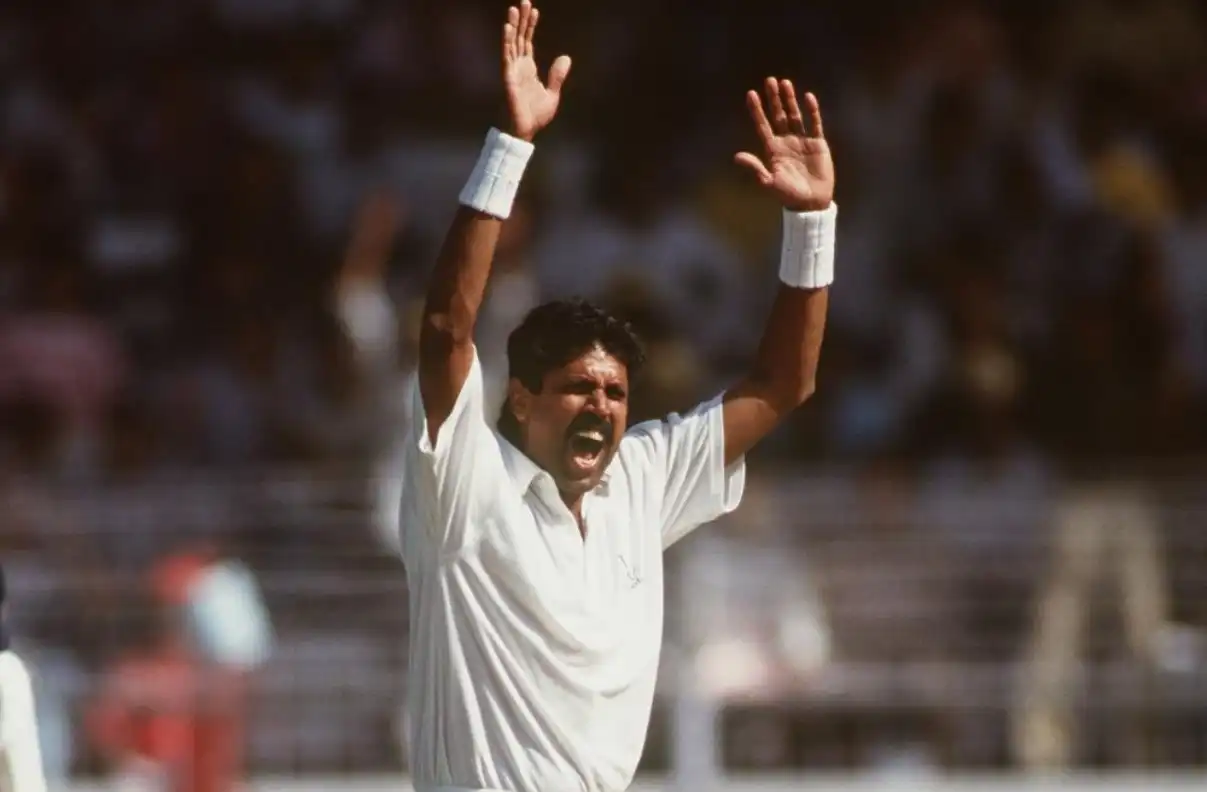
.jpg)
